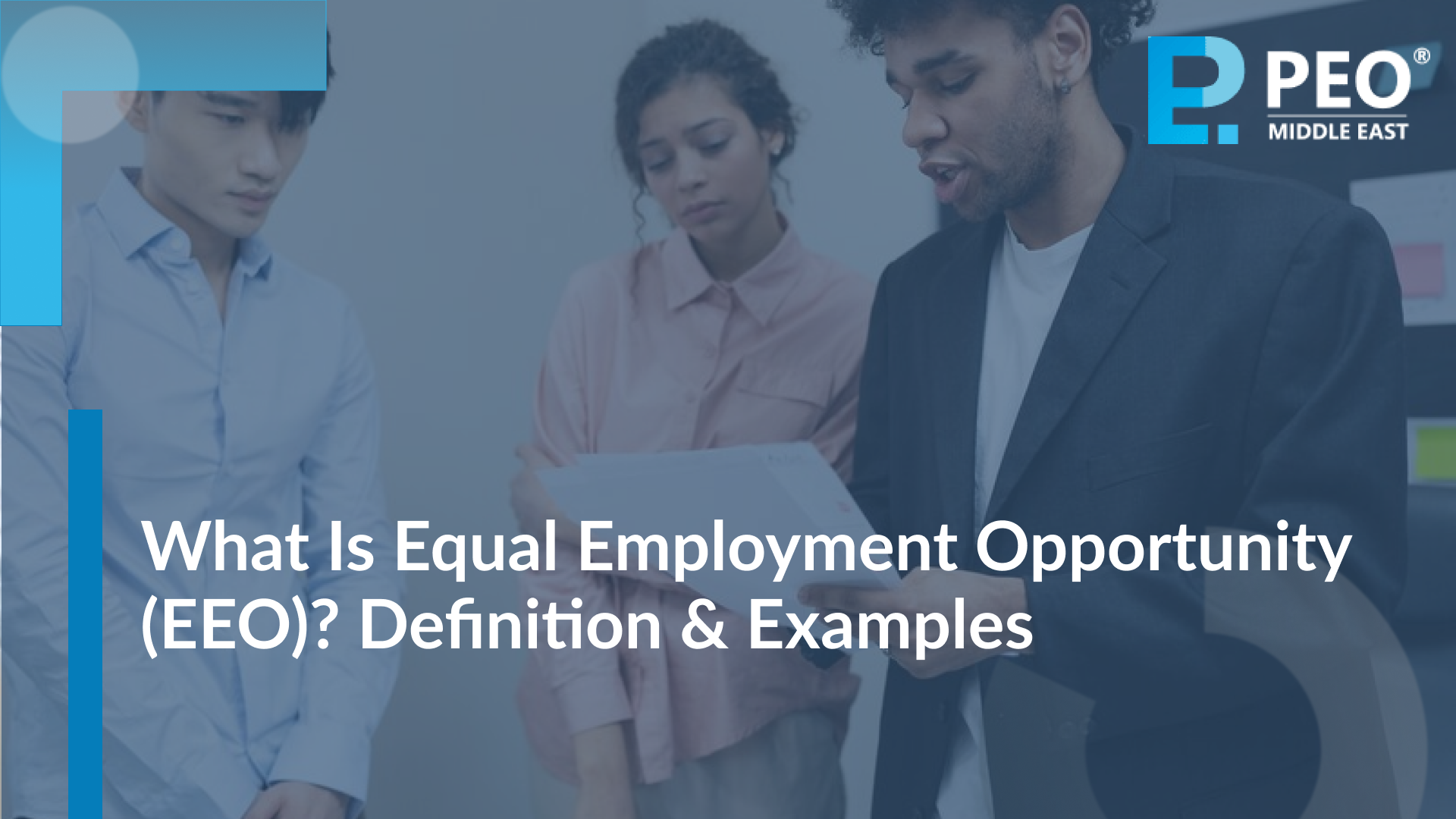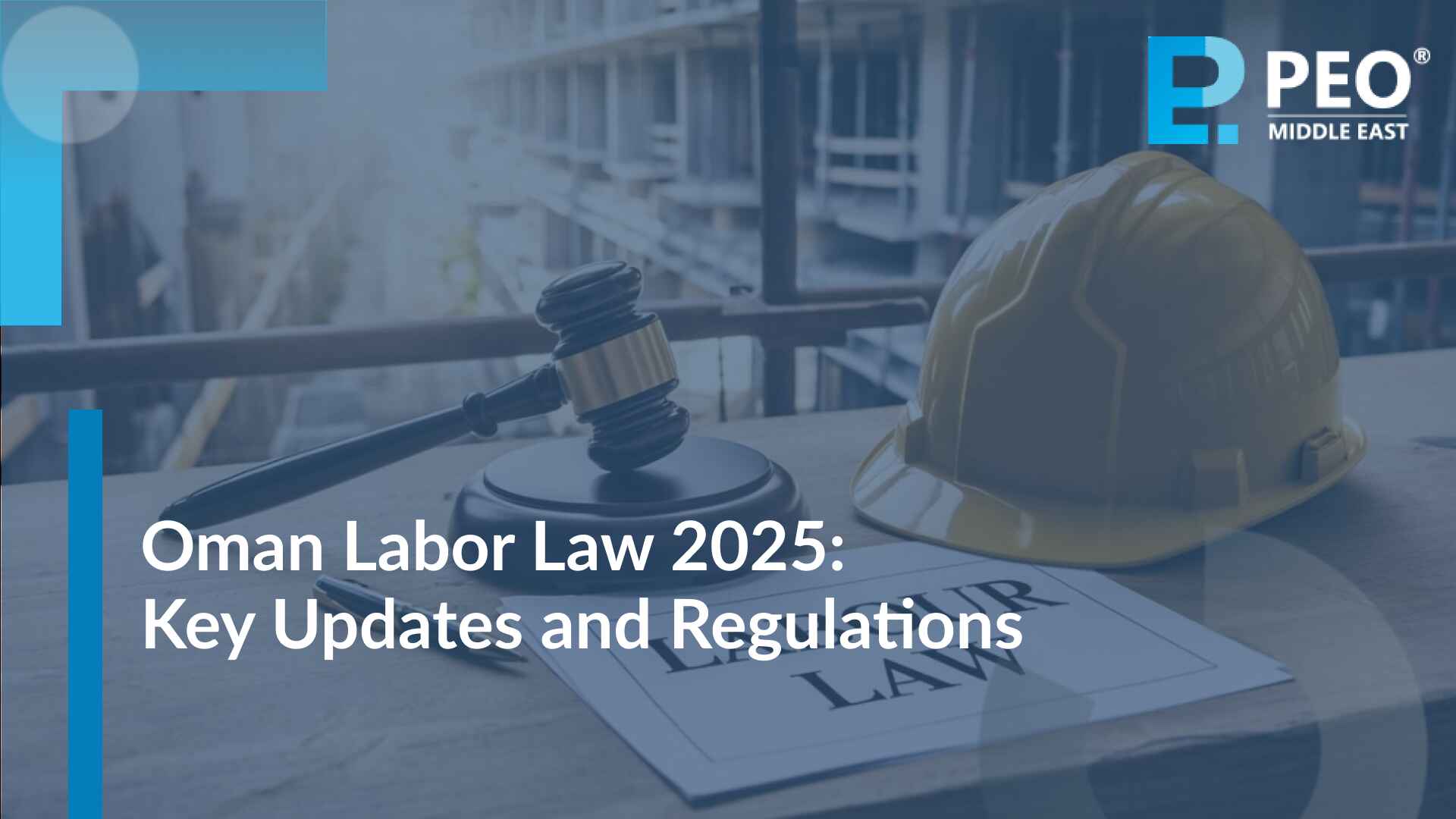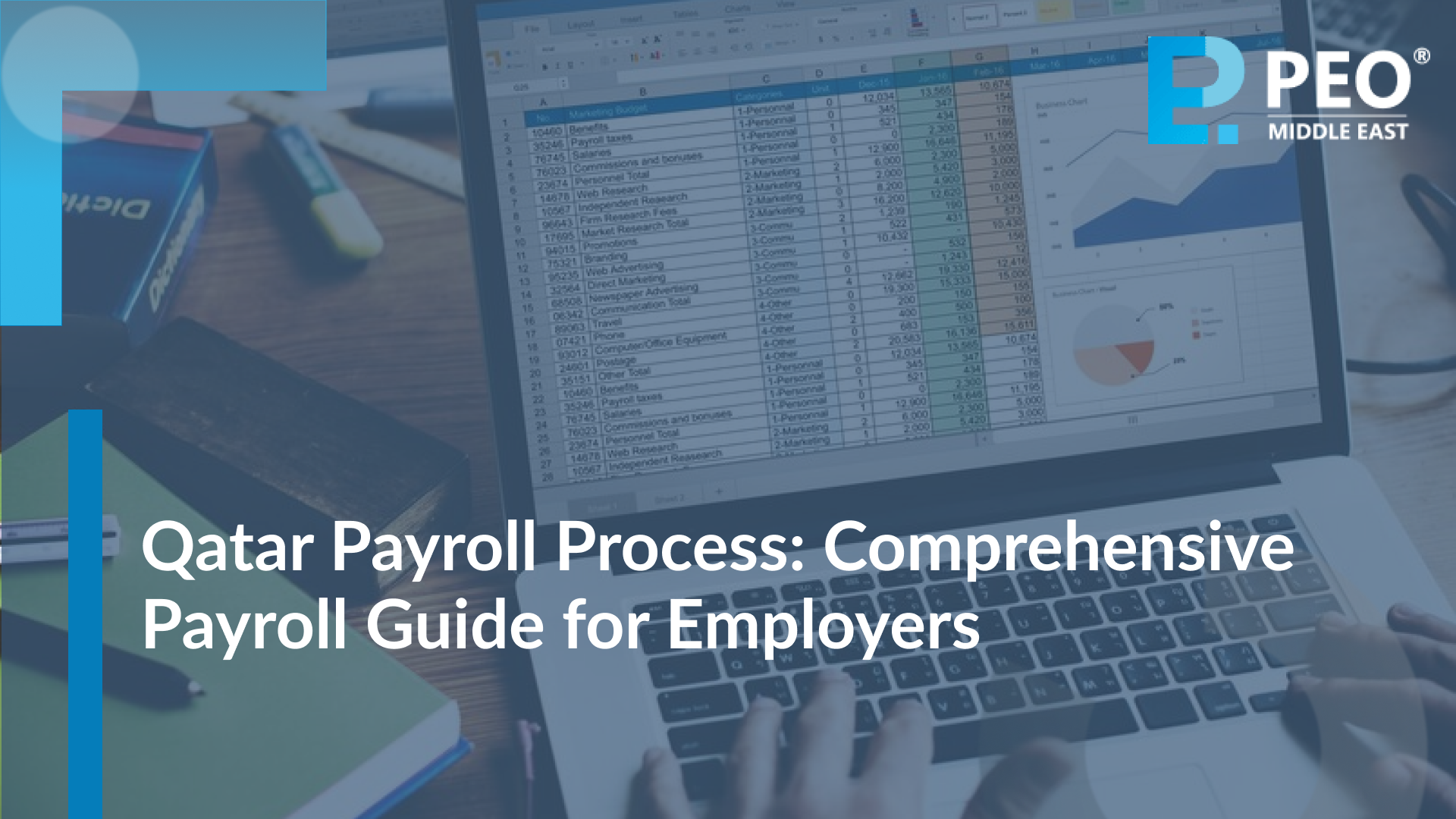In the workplace, Equal Employment Opportunity (EEO) is a fundamental principle. It ensures all individuals have the right to compete for jobs. It provides them a chance to advance in their careers without facing discrimination. The right EEO implication is rooted in fairness and inclusivity. EEO laws protect employees and job seekers from all biases. That are based on race, color, religion, sex, national origin, age, disability, or genetic information
EEO is essential to understand for fostering an equitable work environment – A place where everyone can thrive. This article explores the definition of EEO, its significance, and real-world examples. It helps you in knowing its importance in promoting workplace equality.
What Does EEO Stand for in HR Management?
EEO stands for Equal Employment Opportunity in HR management. This concept encompasses the policies and practices. Ensuring fair treatment for all employees and job applicants in the workplace. EEO aims to eliminate discrimination based on protected characteristics like
- Race
- Gender
- Age
- Religion
- Disability, and more.
EEO policies create a more equitable work environment. As it promotes a culture of inclusivity and diversity. It involves hiring practices, training, promotions, and compensation. We can say that EEO provides everyone with equal access to opportunities. This in turn fosters a workplace where all individuals can succeed. Even without facing bias or discrimination.
What is the basic principle of EEO?
The principle behind EEO is that all persons have a right to compete. They can compete based on their qualifications rather than on the basis of race, gender, age, and religion. EEO balances the process of hiring, training, and promotion. So that it is fair and equal to all employees. Such principles assist organizations comply with the legal requirements. In the meantime, they uplift the morale and employee productivity.
Examples of Equal Employment Opportunity in Recruitment
EEO in recruitment helps candidates to have a fair chance to secure employment. This is regardless of their background. Organizations can create inclusive job descriptions that utilize gender-neutral language. They have to avoid unnecessary qualifications that may exclude certain groups.
Further, diverse interview panels help mitigate unconscious bias. It allows for a broader evaluation of candidates. However, structured interview implementation guarantees that all applicants are assessed based on the same criteria. Ultimately, it promotes fairness. Targeted outreach encourages applications from underrepresented groups.
Lastly, communicating anti-discrimination policies in recruitment materials reinforces a commitment to EEO. This invites candidates from all backgrounds to apply.
Examples of EEO Compliance in the Workplace
EEO compliance may become important in the workplace in terms of an equitable and inclusive setting. Organizations express commitment through fair promotion practices by providing opportunities for career advancement on merit and not bias as well as reasonable accommodations for employees with disabilities, such as the modification of workspaces or access to assistive technologies. Regular sessions on anti-harassment policies in the workplace educate the workers about their rights and obligations, creating a friendly environment. Periodic diversity audits help companies review the demographics of their workforce and identify areas where they need to improve to keep EEO compliance at an optimum level. Lastly, providing benefits inclusive of all genders-all-parental-leave and flexible work arrangements-proves commitment to having a diverse workforce.
What are the benefits of Equal Employment Opportunity?
EEO gives a unique chance to workers to grow and contribute in their workplace. It’s a win-win situation for both employee satisfaction and the employer’s success. Let’s find out, how it brings a consistent and rapid change in companies who are implementing it perfectly!
Boosts customer satisfaction
Organizations cultivate a diverse workforce when they embrace EEO. It reflects the community they serve. This diversity enhances creativity and innovation. It allows businesses to better understand the needs of a varied customer base. Resulting in, customer satisfaction improvement. As clients feel represented and valued by a company that prioritizes inclusivity.
Improves overall recruitment funnel
EEO practices create a more inclusive recruitment process. The policy attracts a wider pool of candidates. Organizations can identify top talent from diverse backgrounds by eliminating biases. They can more focus on skills and qualifications. This enhances the quality of hires. It also strengthens the organization’s reputation as an equitable equal employment opportunity employer. It makes it more appealing to potential candidates.
Promotes employee engagement
Commitment to EEO will, then, encourage a productive workplace culture in which everybody would feel valued and respected. When individuals actually see that they have equal chances for growth and advancement, they get engaged and satisfied with their jobs. Increased employee engagement often means increased productivity, reduced turnover, and higher performance in overall organizations, resulting in a more motivated and committed workforce.
Methods by which an EOR can assist in promoting Equal Employment Opportunity
The significance of EOR for organizations is invaluable. They assist employers in many aspects. For instance, in this blog part know how EOR can assist in promoting EEO. There are several methods by which you can successfully implement workplace equal employment opportunity through EOR.
Inclusive Recruitment Practices:
As an Employer of Record, an EOR can take effective measures for inclusive recruitment. It may ensure that all job postings are derived based on unbiased language as well as widely reaching out to diverse candidate pools. The EOR can also adopt blind recruitment techniques and standardize the interview processes in order to minimize unconscious bias and create a fair hiring environment.
EEO Compliance Training:
EOR employment provides training programs. It is primarily focused on EEO laws and best practices for both employers and employees. Such education would facilitate and improve the awareness factor of discrimination, harassment, and the value of diversity by understanding the rights and responsibilities of all members as part of a team.
Monitoring and Reporting:
An EOR can implement diversity metrics like reporting and tracking systems. By doing so, it ensures that the organization is in full compliance with all applicable EEO regulations. The EOR keeps track of hiring, promotions, and other demographics. It determines if any actions can be taken to address issues of diversity and inclusion.
Support for Accommodations:
EORs can assist organizations in making reasonable accommodations for employees with disabilities or other needs, ensuring compliance with EEO requirements. This might include adjusting workspaces, providing assistive technologies, or offering flexible work arrangements to support diverse employee needs.
Policy Development and Implementation:
EOR best practices can help organizations implement EEO policies and procedures. These may include:
- Establishing clear anti-discrimination policies
- Reporting mechanisms for grievances, and
- Creating guidelines for promoting diversity within the workplace.
Ensure EEO Best Practice with an EOR
Partnering with an employer of record UAE can be of great value in ensuring EEO best practices are being applied. The EOR resource familiarizes the employer with the labyrinthine aspects of employment law, and on an EEO compliance level, ensures that each business is taking the right steps to serve all employees fairly and equitably.
EOR can also conduct regular audits and assessments to ensure an organization is practicing EEO standards and make necessary changes in its policies and practices. This kind of proactivity reduces the risk of discrimination claims but, at the same time, creates a culture in the workplace about diversity and equal opportunity. Ultimately, working with an EOR empowers organizations to maintain best practices in EEO, enhancing employee satisfaction and overall organizational performance.
Conclusion
Equal employment opportunity is a workplace fairness that leads to equality. The aim behind this is that everyone has the right to seek employment and advancement. This is without discrimination against an individual’s protected characteristics. Thorough understanding and implementation of EEO policies are required. This aids organizations in creating diverse and inclusive work environments. That is in compliance with legal standards. Also, with positive changes in employee morale and productivity.
Examples of EEO action-from inclusive recruitment practices to proactive workplace policies show the importance of promoting equality. Ultimately, embracing EEO is not only a legal obligation but a commitment to creating the very workplace culture where everybody feels valued and empowered to deliver their best.
FAQs
What is the function of the EEO?
One of the major functions of EEO is to prevent discrimination in the workplace. The right implication make sure that all individuals have equal access to employment. It is based on their qualifications and abilities. EEO establishes a framework for fair treatment. It promotes diversity in hiring, training, and promotional practices.
What are the objectives of EEO training?
The EEO training objectives are educating employees. Helping them know about their rights and responsibilities. The training is conducted under EEO laws. The purpose is to raise awareness about the importance of diversity and inclusion in the workplace.
Further, the training aims to equip managers and staff with the skills. It aids them in recognizing and addressing discrimination. It fosters a respectful and equitable work environment.
Is EEO special treatment in employment promotion?
EEO is not about providing special treatment. Instead, it ensures that all employees have equal opportunities for promotion based on merit and performance. The application of EEO eliminates biases and creates a level playing field. This is the ultimate goal of EEO. Allowing individuals to advance based solely on their qualifications.






